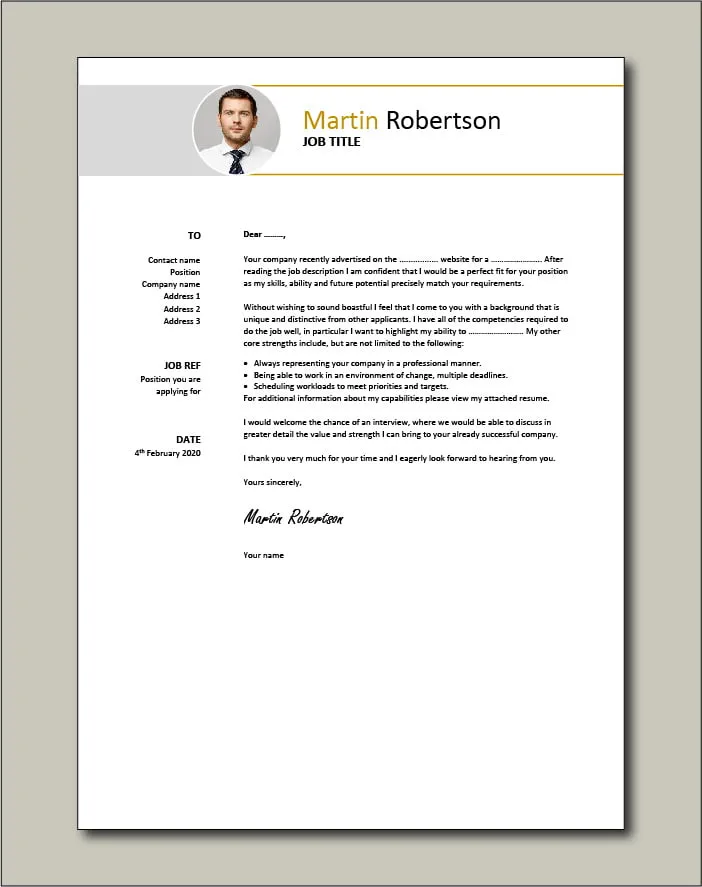Why Your Cover Letter Matters for Job Interviews
In the competitive world of job hunting, every detail counts. Your cover letter is often your first introduction to a potential employer, and it plays a crucial role in determining whether you get an interview. It’s your opportunity to make a strong first impression, showcase your personality, and highlight why you’re the ideal candidate for the position. A well-crafted cover letter can significantly increase your chances of landing a job interview, setting you apart from other applicants and making a lasting positive impact.
First Impressions Count
First impressions are critical, and your cover letter is the first thing a hiring manager will see. It allows you to immediately capture their attention. A cover letter that is clear, concise, and professionally written demonstrates your attention to detail and communication skills – qualities that employers value. It sets the tone for your entire application and can either invite the reader to learn more or prompt them to move on to the next candidate. Your cover letter is the gatekeeper to getting your foot in the door.
Highlighting Your Unique Value Proposition
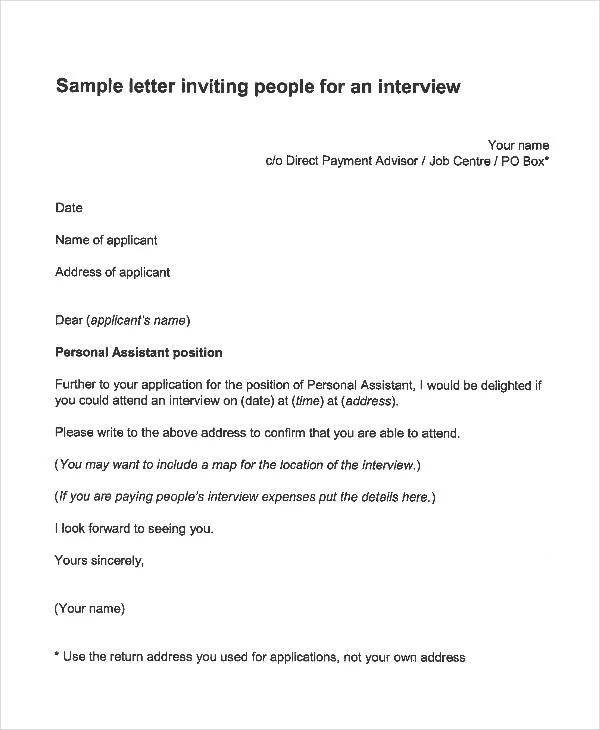
A cover letter gives you space to elaborate on your skills and experience, unlike a resume which provides only brief overviews. You can tailor your cover letter to demonstrate exactly how your skills and experience align with the specific requirements of the job. This personalization shows that you’ve done your homework and are genuinely interested in the opportunity, offering an excellent chance to present your unique value proposition. Explain why you are the best fit for the role.
Crafting a Compelling Cover Letter
Creating a compelling cover letter is a strategic process. It involves understanding what employers seek and tailoring your message to meet their expectations. The goal is to show, not just tell, what you bring to the table. Researching the company, role, and requirements provides insights into how to effectively highlight your relevant skills and experiences. This detailed approach demonstrates that you are prepared and interested, and will stand out from the applicant pool.
Understanding the Employer’s Needs
Before writing, carefully review the job description. Identify the key skills, experiences, and qualifications the employer seeks. Align your cover letter with these needs. Show how your background specifically meets their requirements, demonstrating you’ve understood the position and are the right fit. Focus on what the employer values and use the opportunity to show that you can address their needs by drawing specific connections.
Researching the Company and Role
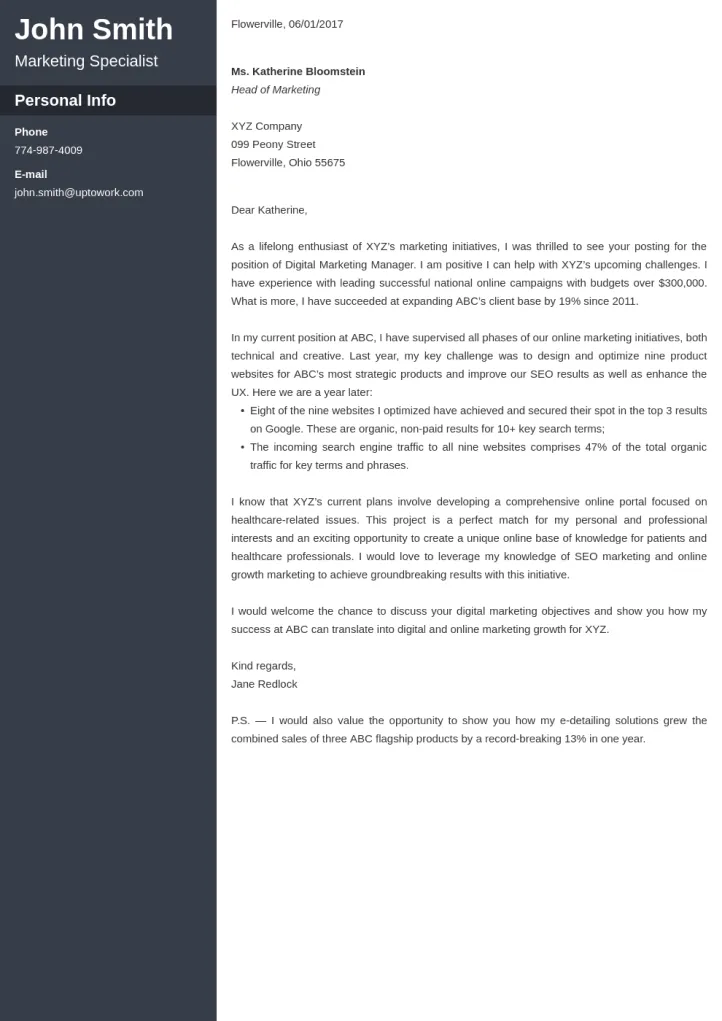
Conducting thorough research on the company and the specific role is essential. Visit the company’s website, explore their social media profiles, and read news articles about them. This research helps you understand the company’s culture, values, and recent achievements, which you can incorporate into your cover letter. Tailor your message to resonate with their values and demonstrate your enthusiasm.
Tailoring Your Cover Letter
Generic cover letters don’t work; customize each one to match the specific job and company. This shows that you’ve invested time and effort, making you a more attractive candidate. Highlight experiences and skills most relevant to the job description. Mention specific aspects of the company or role that interest you. This level of personalization helps you stand out and showcases your genuine interest in the position. This also increases your chances of getting called for an interview.
Structuring Your Cover Letter for Impact
A well-structured cover letter is easy to read and holds the reader’s attention. Use a clear, logical flow, starting with an engaging opening. The body should highlight your key qualifications and experiences, and your closing should include a strong call to action. A clear structure ensures your key points are highlighted. This structure allows you to systematically present your qualifications, keeping the reader engaged. The impact comes from well-organized ideas that are clear and concise.
The Opening Paragraph
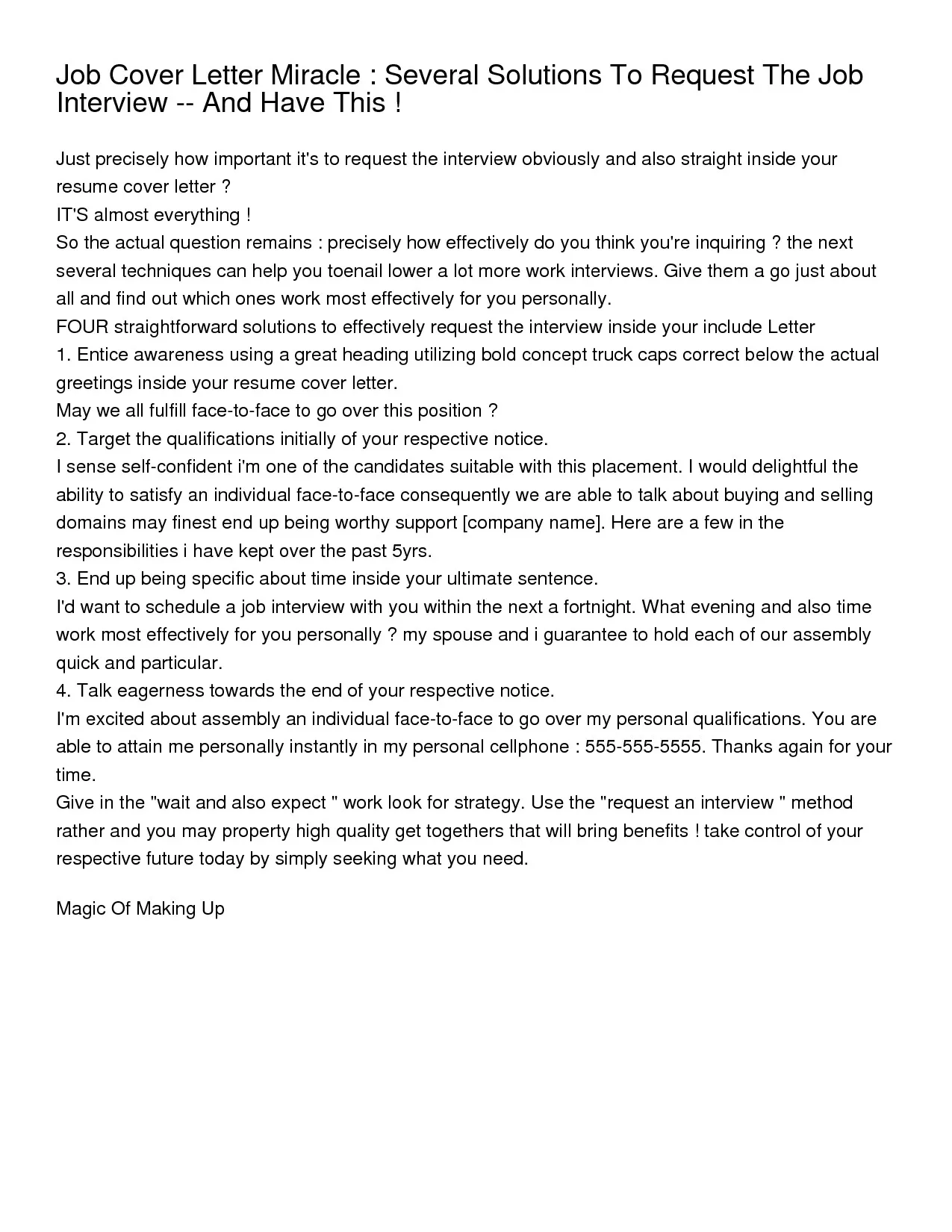
The opening paragraph is your hook. It should immediately grab the reader’s attention and state the purpose of your letter. Clearly mention the position you’re applying for and briefly highlight what makes you a strong fit. Use a compelling statement to make an immediate connection with the reader. This introductory paragraph is critical. It sets the stage for the rest of the letter.
Showcasing Your Skills and Experience
Use the body of your cover letter to showcase your relevant skills and experiences. Provide examples of how you’ve used those skills in the past to achieve specific results. Tailor your examples to match the job description’s requirements, emphasizing the experiences and skills that align with the employer’s needs. This is your chance to provide concrete examples of your capabilities and achievements. Your accomplishments should demonstrate value.
Quantifying Your Achievements
Quantify your achievements to show your impact. Use numbers and data to support your claims. For example, instead of saying “improved sales,” state “increased sales by 15% in six months.” Use concrete data to demonstrate the impact of your work. Quantifiable achievements provide concrete evidence of your value and success.
Addressing the Hiring Manager Directly
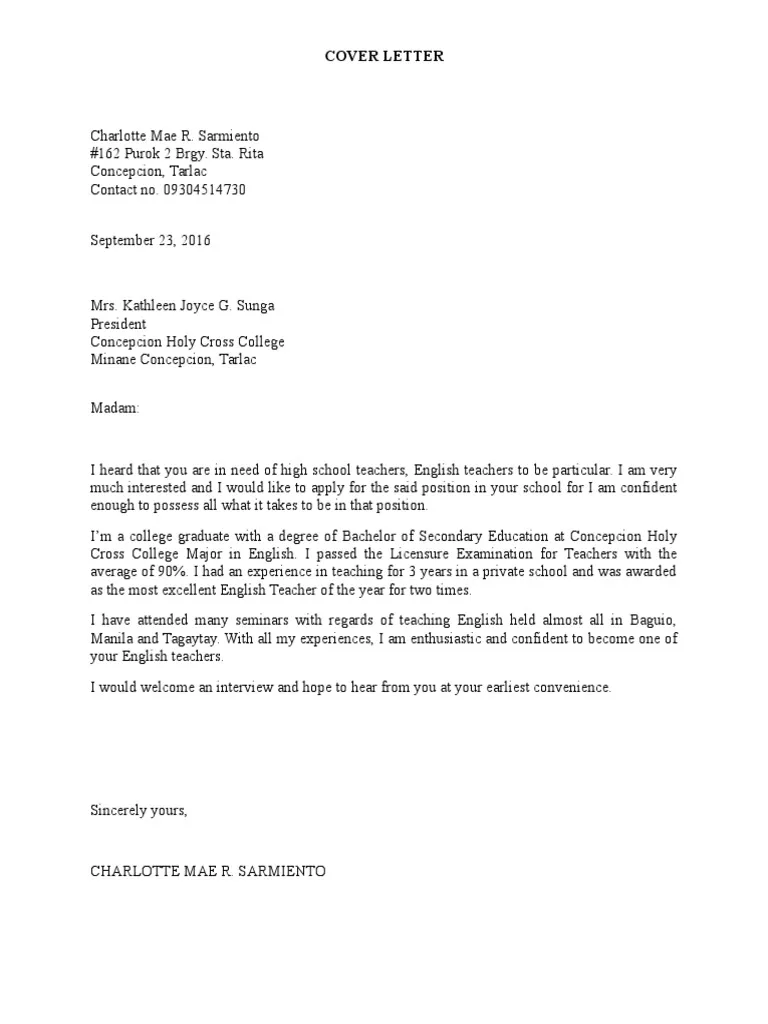
If possible, address the hiring manager by name. This personalization shows you’ve done your research and demonstrates your attention to detail. If you can’t find the hiring manager’s name, use a professional greeting such as “Dear Hiring Manager.” Personalizing your cover letter makes it stand out from the many generic submissions.
Closing with Confidence and a Call to Action
End your cover letter with a confident closing. Reiterate your interest in the position and thank the reader for their time and consideration. Include a call to action, such as stating you’re available for an interview or encouraging them to contact you. A strong closing reinforces your enthusiasm and encourages the hiring manager to move forward.
Formatting and Proofreading Your Cover Letter
The format and presentation of your cover letter is almost as important as its content. A well-formatted, error-free cover letter projects professionalism. Poor formatting or numerous errors can undermine your message, making it appear that you lack attention to detail. Proper formatting ensures readability, while careful proofreading eliminates potential mistakes that could detract from your message.
Formatting for Readability
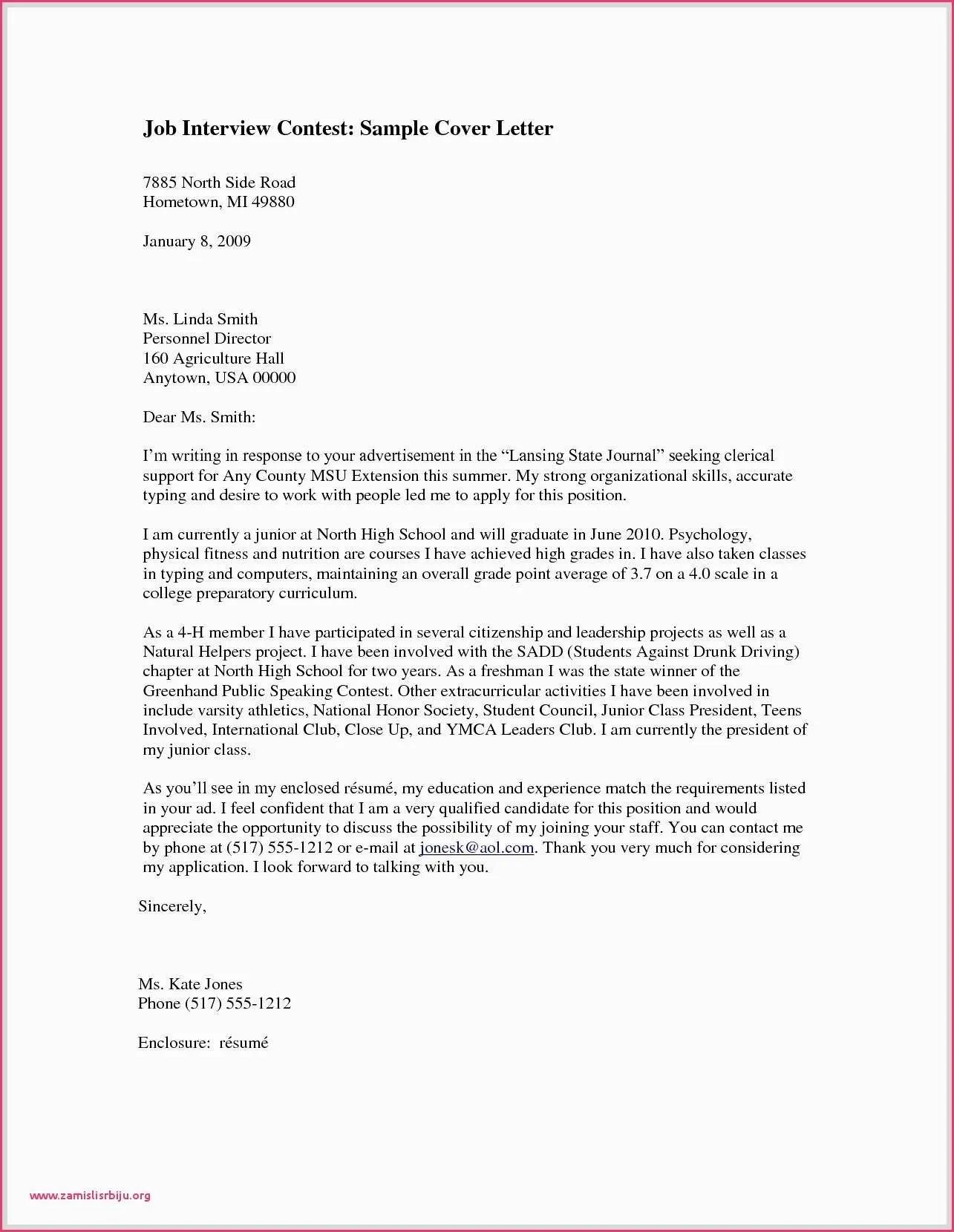
Use a professional font, such as Times New Roman, Arial, or Calibri, at a readable size (11-12 points). Use clear headings and bullet points to break up text and improve readability. Ensure consistent spacing and alignment throughout the document. Well-formatted documents are easier to read and leave a good impression. Remember that readability makes a difference in how your application is perceived by the hiring manager.
Proofreading for Errors
Proofread your cover letter carefully for any grammatical errors, typos, and spelling mistakes. Run the document through a grammar checker, but also read it carefully yourself. Ask a friend, family member, or career counselor to review your letter. A clean, error-free cover letter demonstrates your attention to detail and professionalism, significantly increasing your chances of landing an interview.
Common Cover Letter Mistakes to Avoid
There are some common mistakes you need to steer clear of while crafting your cover letter. Avoiding these pitfalls will ensure your letter is seen in the best possible light. By being aware of these common pitfalls, you can significantly improve your cover letter and increase your chances of landing an interview.
Generic Cover Letters
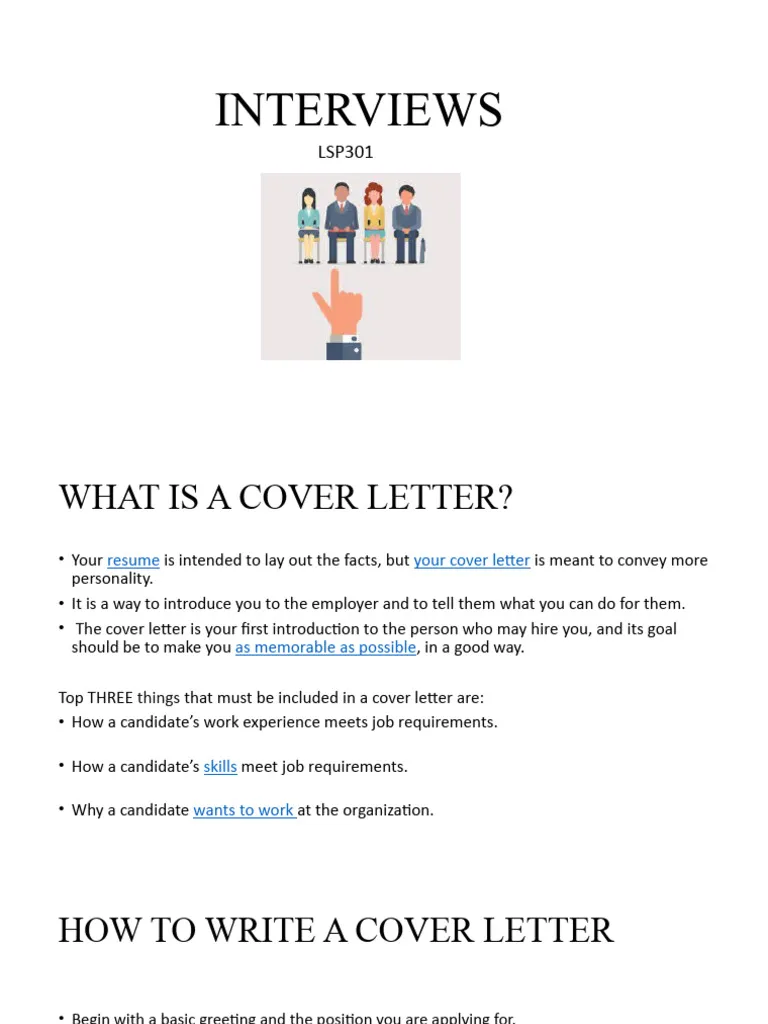
Avoid using a generic cover letter that is not tailored to the specific job or company. Generic cover letters lack the specific details and alignment with the job requirements and can easily be discarded. Make sure you demonstrate your awareness of the role and the company. Personalize your cover letter and customize it for each application.
Focusing on Yourself Too Much
While your skills and experience are important, avoid making your cover letter all about you. Instead, focus on how you can meet the employer’s needs and contribute to their success. Highlight how your skills and experiences align with the job description and show how you can make a difference. Your letter should demonstrate how you will provide value.
Ignoring the Job Description
Make sure to carefully review the job description and tailor your cover letter to highlight the relevant skills and experiences. Neglecting the job description shows a lack of attention to detail and lack of interest. Addressing the key requirements mentioned in the description will make your cover letter stand out. Ensure the cover letter addresses each requirement.
Failing to Proofread
Always proofread your cover letter before sending it. Typos and grammatical errors can detract from your professional image and suggest a lack of attention to detail. Have a second pair of eyes review your letter. A well-proofread cover letter communicates your commitment to excellence.
